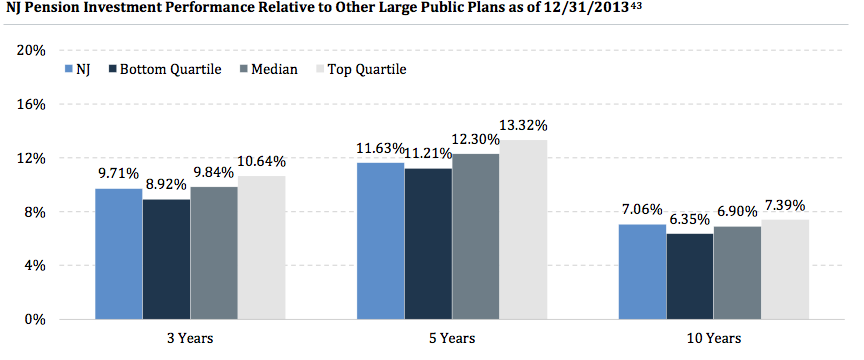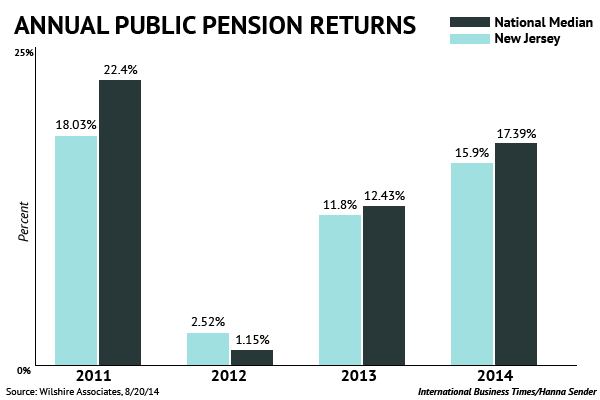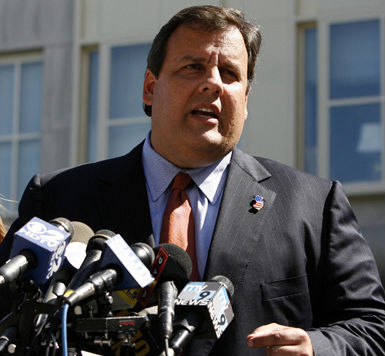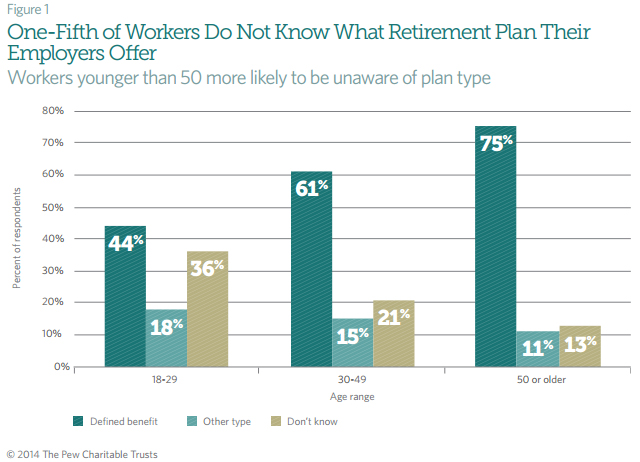
New York State Comptroller Thomas DiNapoli, the sole trustee of the states $181 billion Common Retirement Fund (CRF), announced last month a partnership between the pension fund and Goldman Sachs.
CRF will give Goldman $2 billion to invest in global equities. But few other details have emerged about the partnership. That led one think tank, the Pioneer Institute, to push for more clarity. But the Comptroller’s office has remained mum on specifics. From Public Sector Inc:
The lack of transparency in portfolio management and the conspicuous absence of a board of trustees overseeing the investment process is troubling, if not perilous.
Matthew Sweeney, a spokesman for the comptroller’s office, answered some of a dozen questions about the GSAM deal. Here are a few of those he did not comment on, completely unedited:
– Which other investment management firms applied to the competitive bidding for the $2 billion allocation?
– What were the specific criteria on the basis of which GSAM was selected?
– Can you share the investment policy sheet that was publicized as part of the RfP for this portfolio segment? This would include targets like concentration risk and counterparty risk limits as well as a number of other parameters related to the asset classes included, long/short ratios, other risk metrics, geographies and other relevant characteristics of the desired portfolio.
– What are the performance targets in terms of risk and return for the performance-based compensation, if any?
– What are the benchmarks selected to evaluate the performance of this portfolio sleeve in the coming years?
Mr Sweeney did answer a question regarding the compensation structure in the contract – with the laconic: “Fees are disclosed on an annual basis.”
[…]
With so much pension money at stake, why didn’t Mr DiNapoli’s office publicize the selection process, a clear rationale for the investment and the performance objectives he has (or so one hopes) for Goldman? What value are Goldman’s undoubtedly well-compensated analysts and investment bankers supposed to add?
The so-called partnership “will initially focus on dynamic manager selection opportunities in global equities to enhance returns” and then provide “improved analytics and reporting on its portfolio and enhanced evaluation and due diligence on current and potential active managers.” In other words, the CRF added a potentially expensive actively managed distraction for its global investment team days before CalPERS announced ditching its $4 billion hedge-fund allocation precisely because it was too small to make a dent in overall return and too expensive in terms of time and money to manage.
The bottom line is that, because of their sheer size, most pension funds can do little but focus on efficient cost and risk management. An open and competitive bidding process is essential to keeping costs down. And a critical part of risk management is having a robust, transparent and accountable investment process, which the CRF appears to be patently lacking. One need not look far afield to see where this sort of conduct ultimately leads.
The Common Retirement Fund paid $575 million in management fees in fiscal year 2013-14. The fund manages $181 million in assets.
You can read more coverage of the Goldman Sachs deal here and here.










